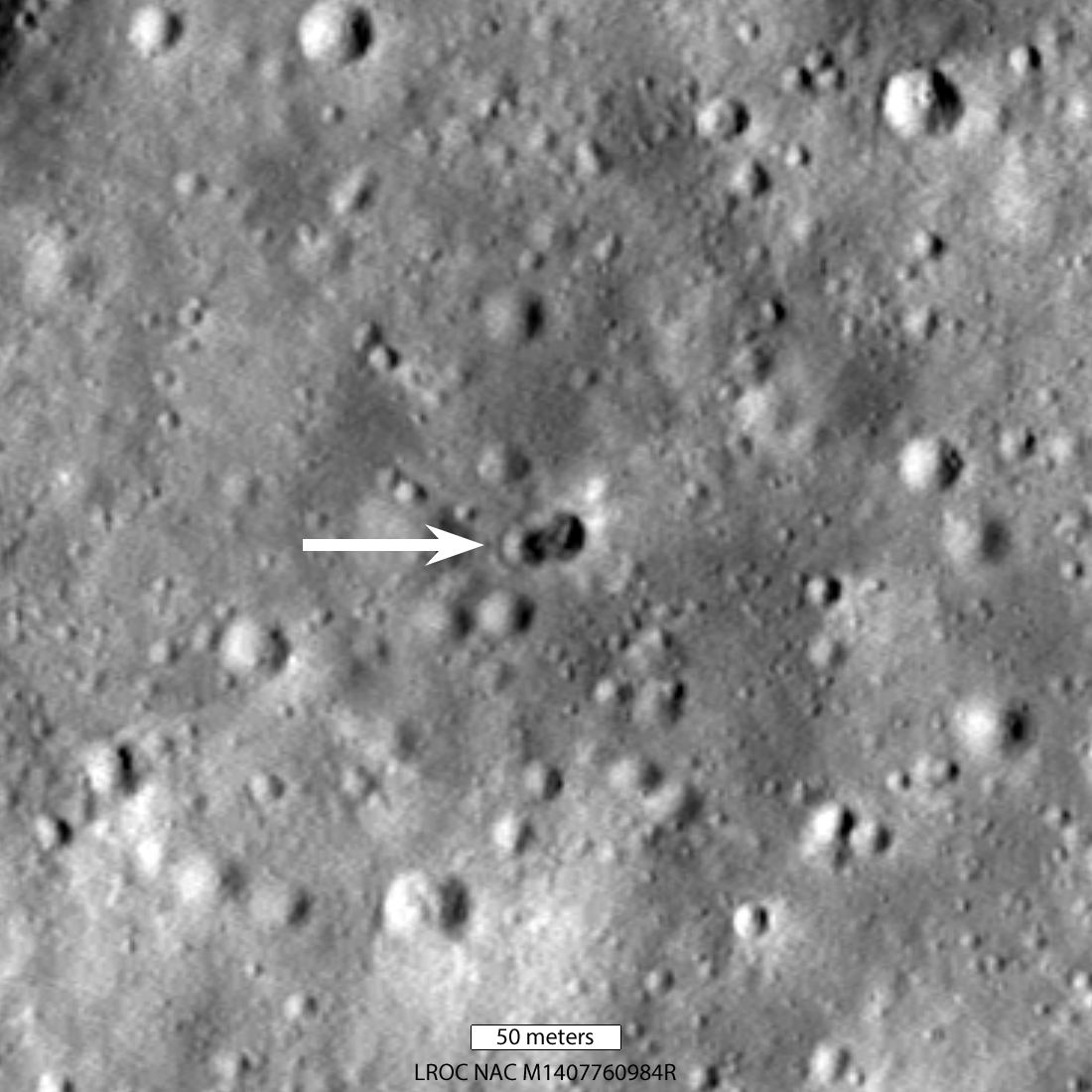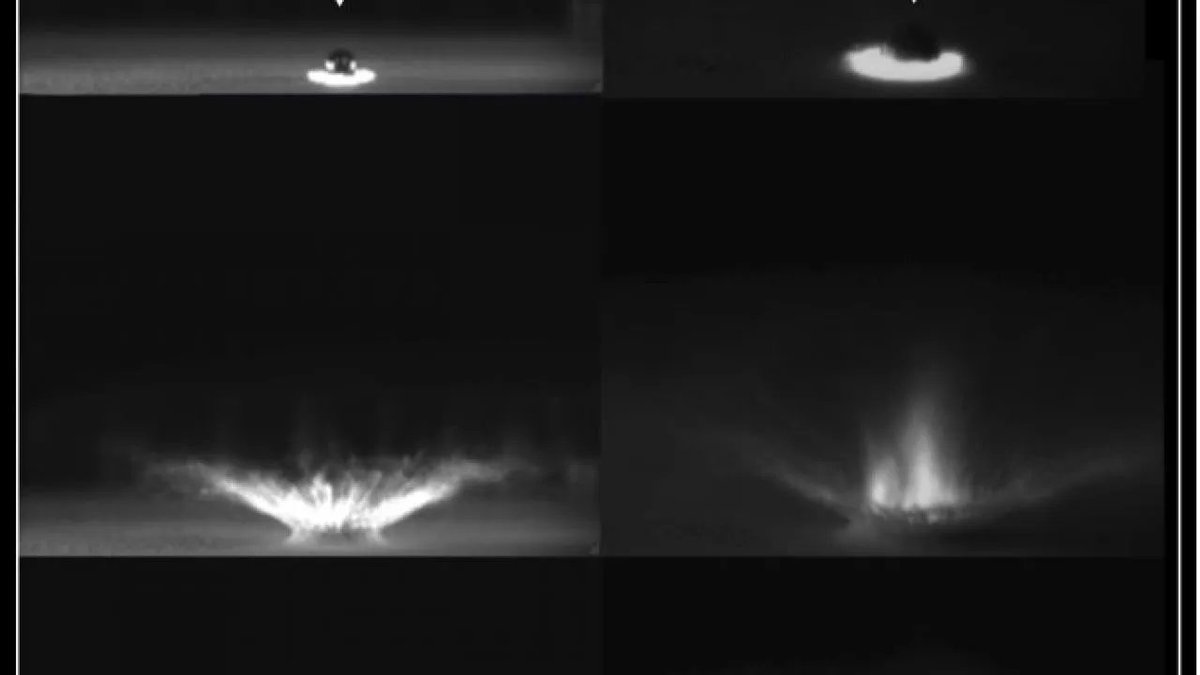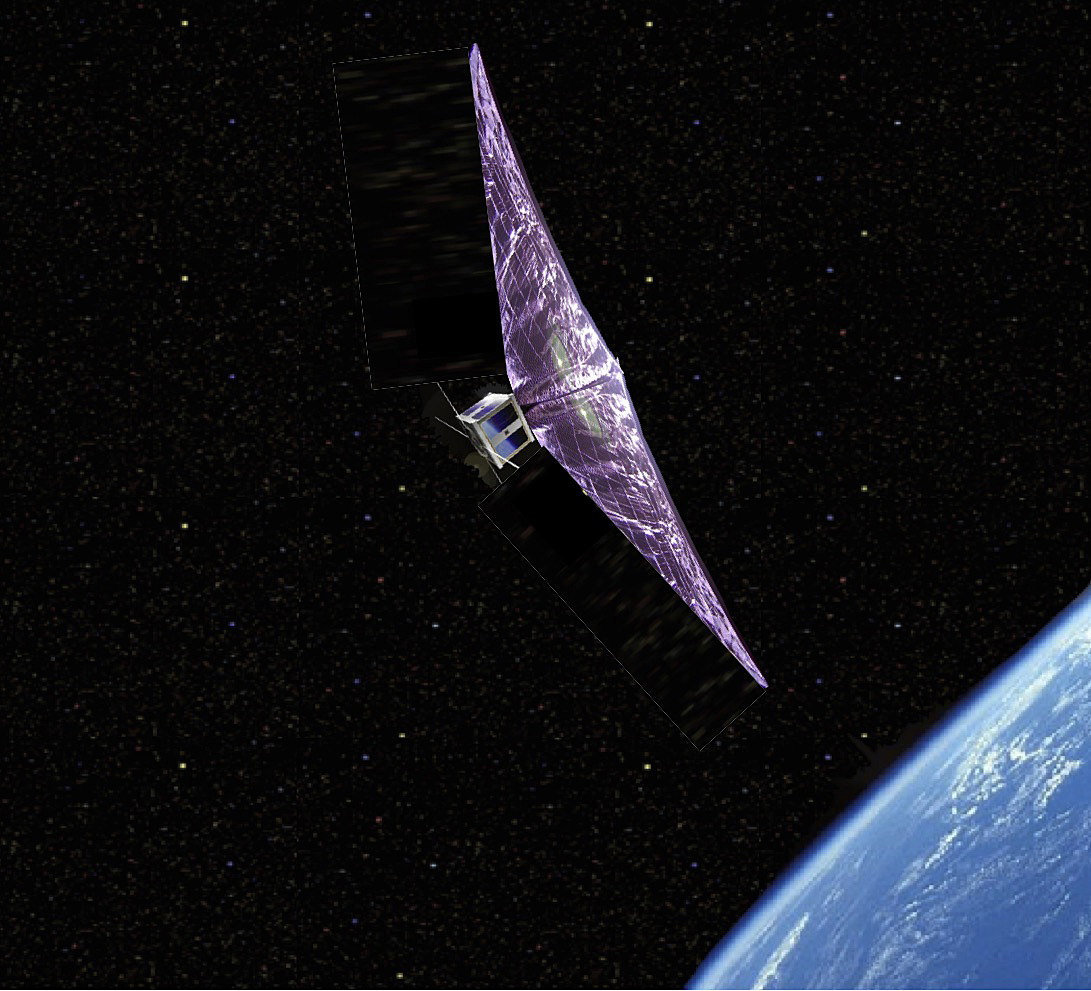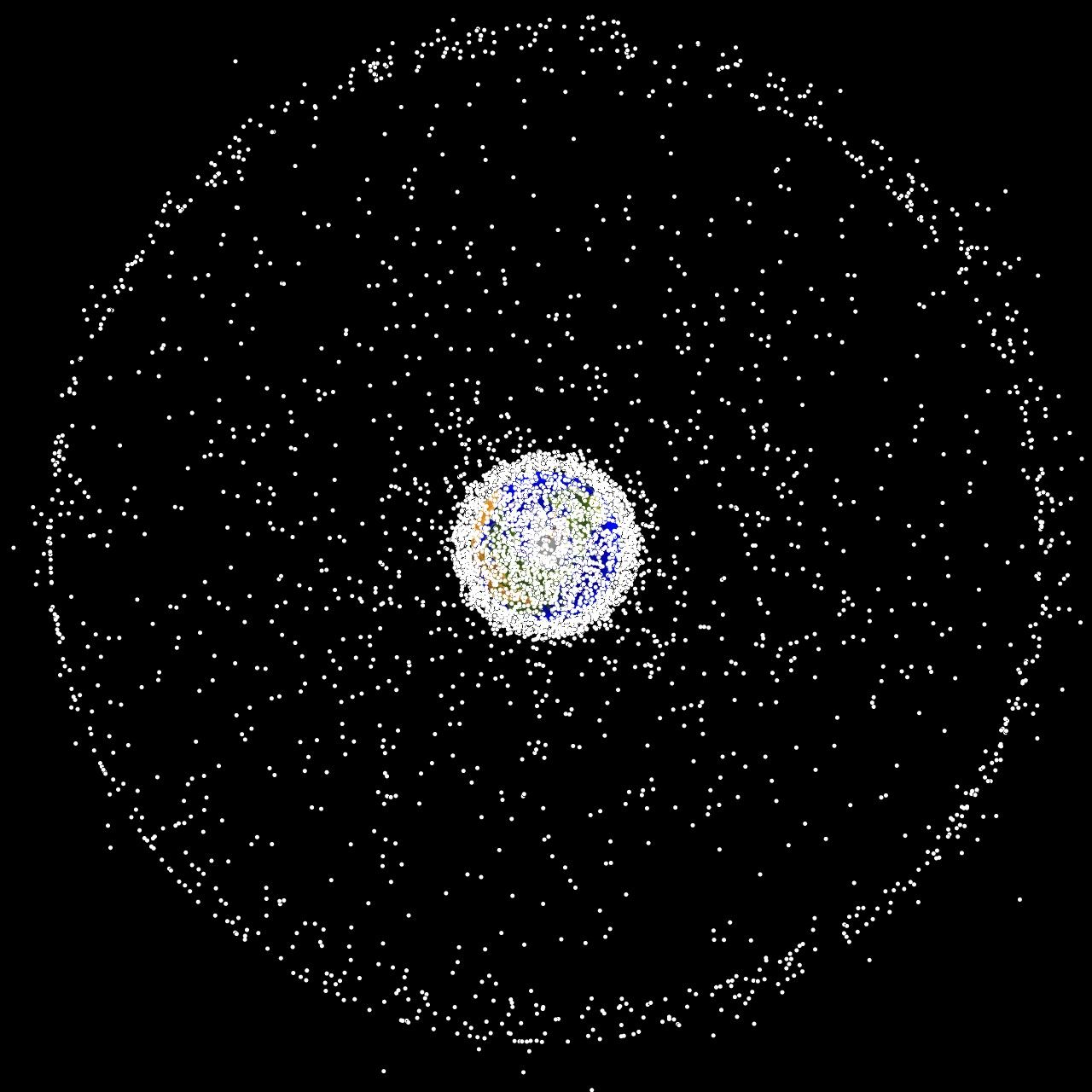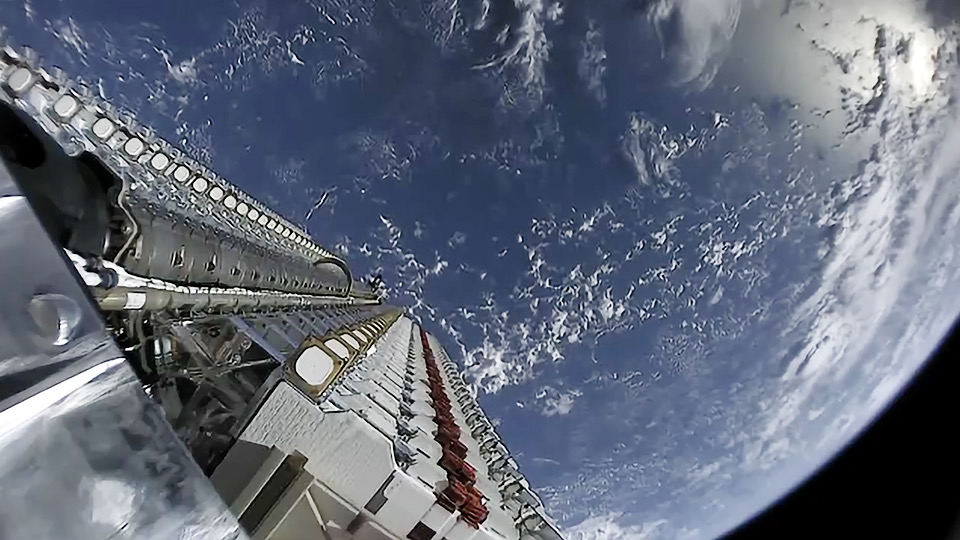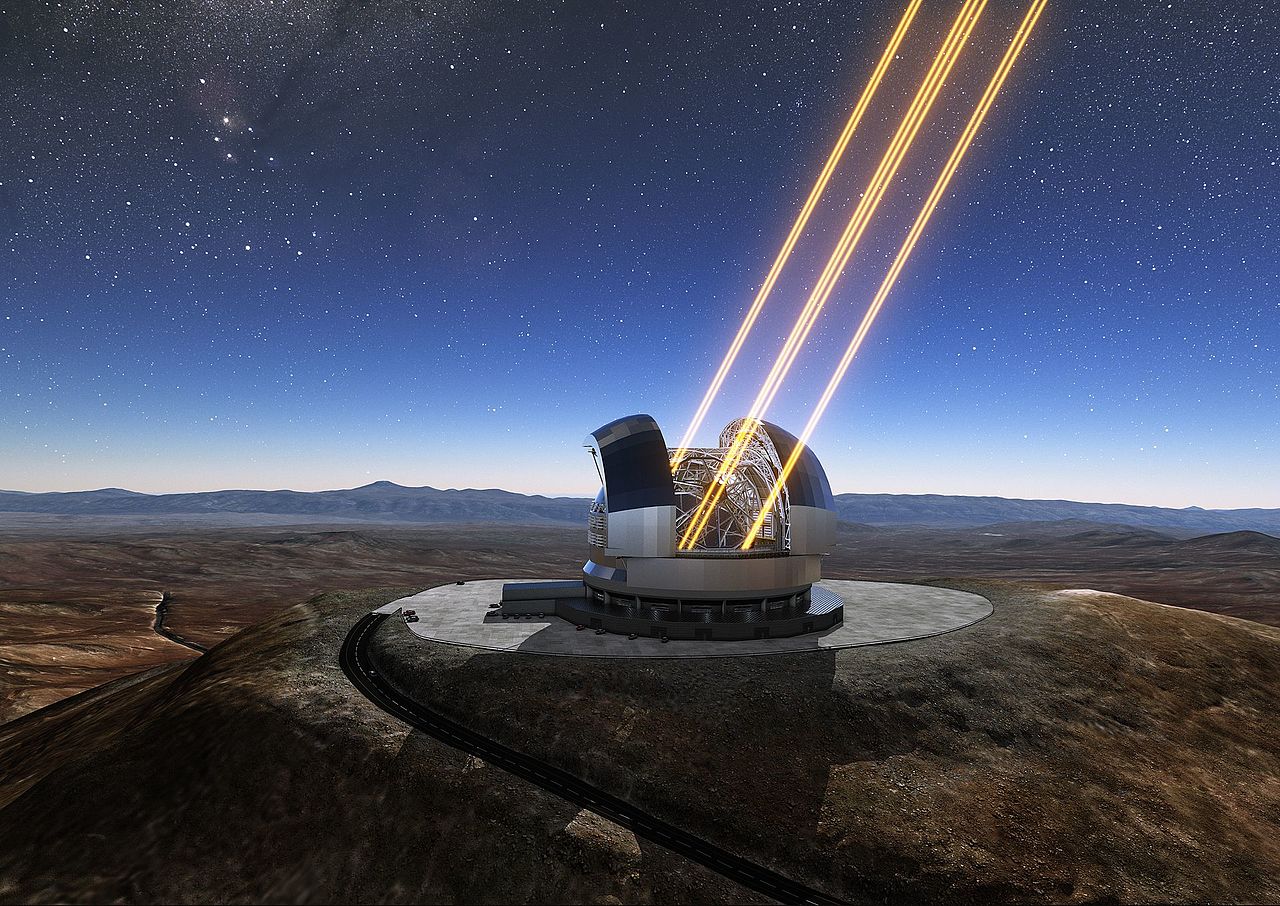Scientists at the Shanghai Academy of Spaceflight Technology (SAST) have devised an ingenious way to combat the growing problem of space debris. The team fitted a drag sail to a Long March 2 rocket and successfully launched it in July this year. Rocket launches often leave discarded booster stages in low-earth orbit, adding to the pollution of near-earth space. The pilot testing for the sail came as a surprise to many space agencies when, a day after the rocket’s launch, the 25 square meters deorbiting sail was unfolded.
Remember That Rocket That was Going to Crash Into the Moon? Scientists Think They've Found the Crater
The Lunar Reconnaissance Orbiter (LRO) – NASA’s eye-in-the-sky in orbit around the Moon – has found the crash site of the mystery rocket booster that slammed into the far side of the Moon back on March 4th, 2022. The LRO images, taken May 25th, revealed not just a single crater, but a double crater formed by the rocket’s impact, posing a new mystery for astronomers to unravel.
Continue reading “Remember That Rocket That was Going to Crash Into the Moon? Scientists Think They've Found the Crater”What Would a Sustainable Space Environment Look Like?
October 4th, 2022, will be an auspicious day as humanity celebrates the 65th anniversary of the beginning of the Space Age. It all began in 1957 with the launch of the Soviet satellite Sputnik-1, the first artificial satellite ever sent to orbit. Since that time, about 8,900 satellites have been launched from more than 40 countries worldwide. This has led to growing concerns about space debris and the hazard it represents to future constellations, spacecraft, and even habitats in Low Earth Orbit (LEO).
This has led to many proposed solutions for cleaning up “space junk,” as well as satellite designs that would allow them to deorbit and burn up. Alas, there are still questions about whether a planet surrounded by mega-constellations is sustainable over the long term. A recent study by James A. Blake, a research fellow with the University of Warwick, examined the evolution of the debris environment in LEO and assessed if future space operations can be conducted sustainably.
Continue reading “What Would a Sustainable Space Environment Look Like?”A Chunk of Space Junk Just Hit the Far Side of the Moon
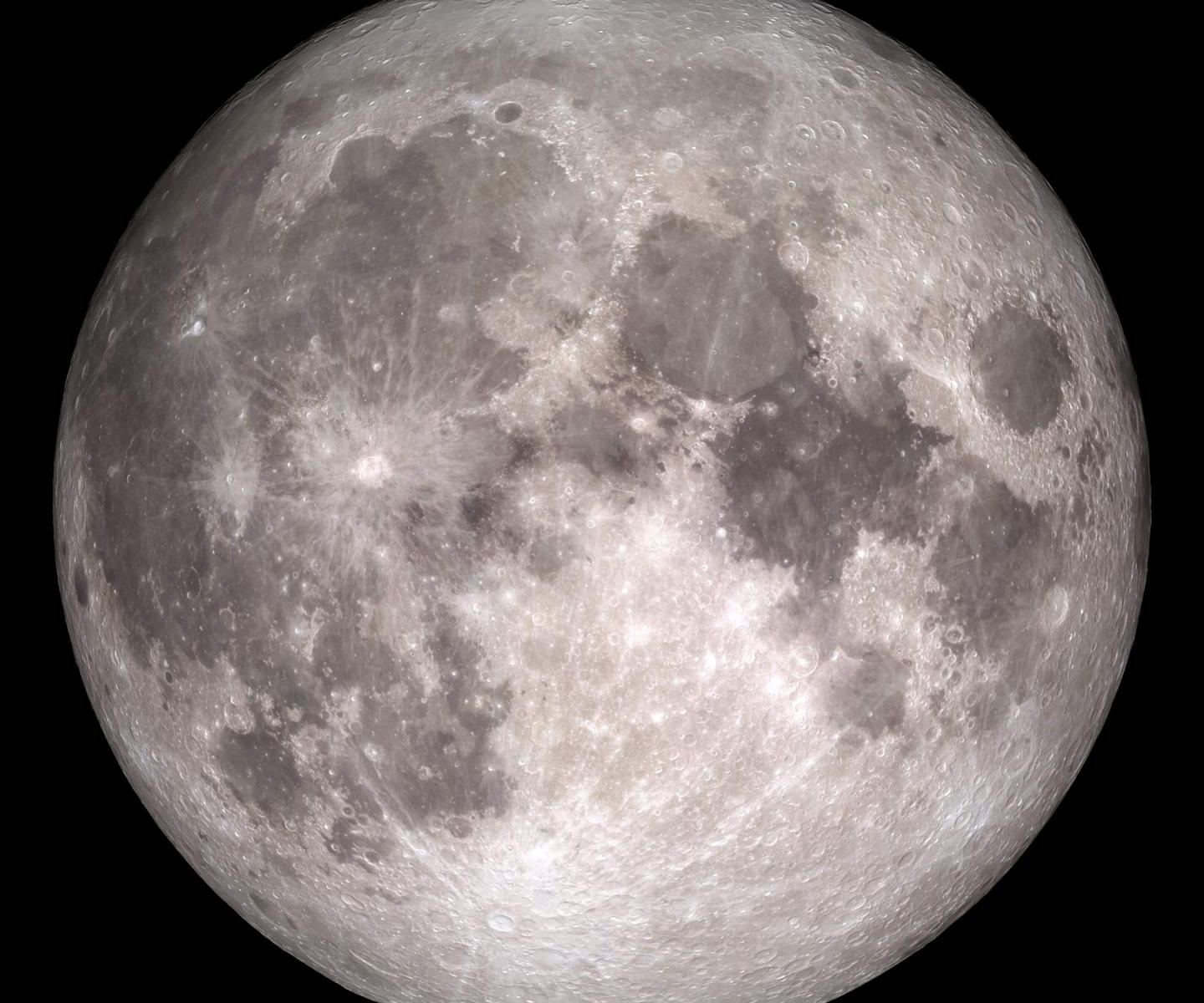
Observers have been tracking a chunk of space junk, waiting for it to strike the Moon. It should’ve hit the far side of the Moon, and hopefully, orbiters will have images of the impact site, though that might take a while.
The origins of the junk are in dispute. Some say it’s a spent booster from a Chinese rocket. Others say it’s from a SpaceX rocket. So far, nobody is claiming it.
Continue reading “A Chunk of Space Junk Just Hit the Far Side of the Moon”The Object About to Hit the Moon isn’t a SpaceX Booster After All
Last month, astronomers reported that a discarded upper stage of a Falcon 9 rocket, launched 7 years ago, was on a collision course with the Moon. The rocket in question carried NASA’s Deep Space Climate Observatory (DSCOVR) to the Sun-Earth L1 Lagrange point, where the still-operating observatory provides advance warning on solar wind activities. The leftover rocket stage, meanwhile, became a floating piece of space junk orbiting the Sun. Its ultimate fate was unknown, until last month, when astronomer Bill Gray predicted that it was bound for an impact with the Moon sometime on March 4th, 2022.
This week, Gray, who has been tracking the object ever since, released an update on the situation. He confirmed that there is indeed a rocket stage on course to crash into the far side of the Moon, but it’s not a SpaceX rocket at all. Instead, it’s a Chinese booster: the upper stage of the rocket that carried China’s Chang’e 5-T1 mission to the Moon in 2014.
Continue reading “The Object About to Hit the Moon isn’t a SpaceX Booster After All”Doomed Satellite was Equipped With a Drag Sail to Deorbit it After its Mission was Complete
A team at Purdue University developed a drag sail to attach to satellites to help them de-orbit to combat space debris. Unfortunately, the rocket carrying the test device, launched by Firefly Aerospace, exploded shortly after launch.
Continue reading “Doomed Satellite was Equipped With a Drag Sail to Deorbit it After its Mission was Complete”We Need to Fix Space Junk Before It’s Too Late
As of 2020, there were over 19,000 pieces of individually tracked space junk in orbit above the Earth. Of those, a mere 2,200 were operational satellites. As more and more satellites go up, the risk of collisions increases. And what are governments doing to stop it? Basically, nothing.
Continue reading “We Need to Fix Space Junk Before It’s Too Late”Starlink and OneWeb Have Their First Avoidance Maneuver With Each Other’s Constellations
Two companies, OneWeb and SpaceX, are racing to put fleets of thousands of communication satellites into orbit. In March they had their first near-miss. Avoidance maneuvers were successful, but how many more close calls will they face in the future?
Continue reading “Starlink and OneWeb Have Their First Avoidance Maneuver With Each Other’s Constellations”Ground-Based Lasers Could Push Space Debris off Collision-Course Orbits
Researchers at the Australian National University (ANU) are finding new uses for the laser-based technology that sharpens telescope imagery – called adaptive optics – and it just might help mitigate the world’s growing space debris problem. Purpose-built lasers could give derelict satellites a slight ‘push’ of photons, imparting just enough energy to change the debris’s orbit and prevent an impending collision.
Continue reading “Ground-Based Lasers Could Push Space Debris off Collision-Course Orbits”How Long Will Space Junk Take to Burn Up? Here’s a Handy Chart
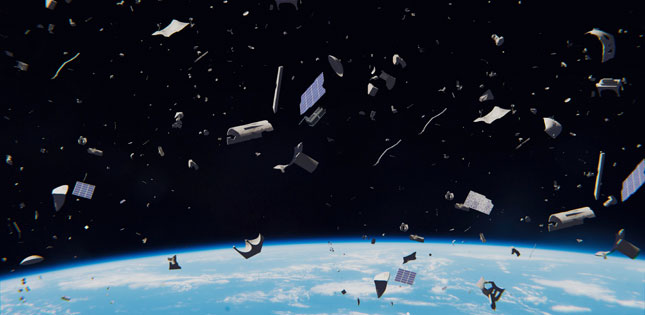
If the Roman Empire had been able to launch a satellite in a relatively high Low Earth Orbit – say about 1,200 km (750 miles) in altitude – only now would that satellite be close to falling back to Earth. And if the dinosaurs had launched a satellite into the furthest geostationary orbit – 36,000 km (23,000 miles) or higher — it might still be up there today.
Continue reading “How Long Will Space Junk Take to Burn Up? Here’s a Handy Chart”

